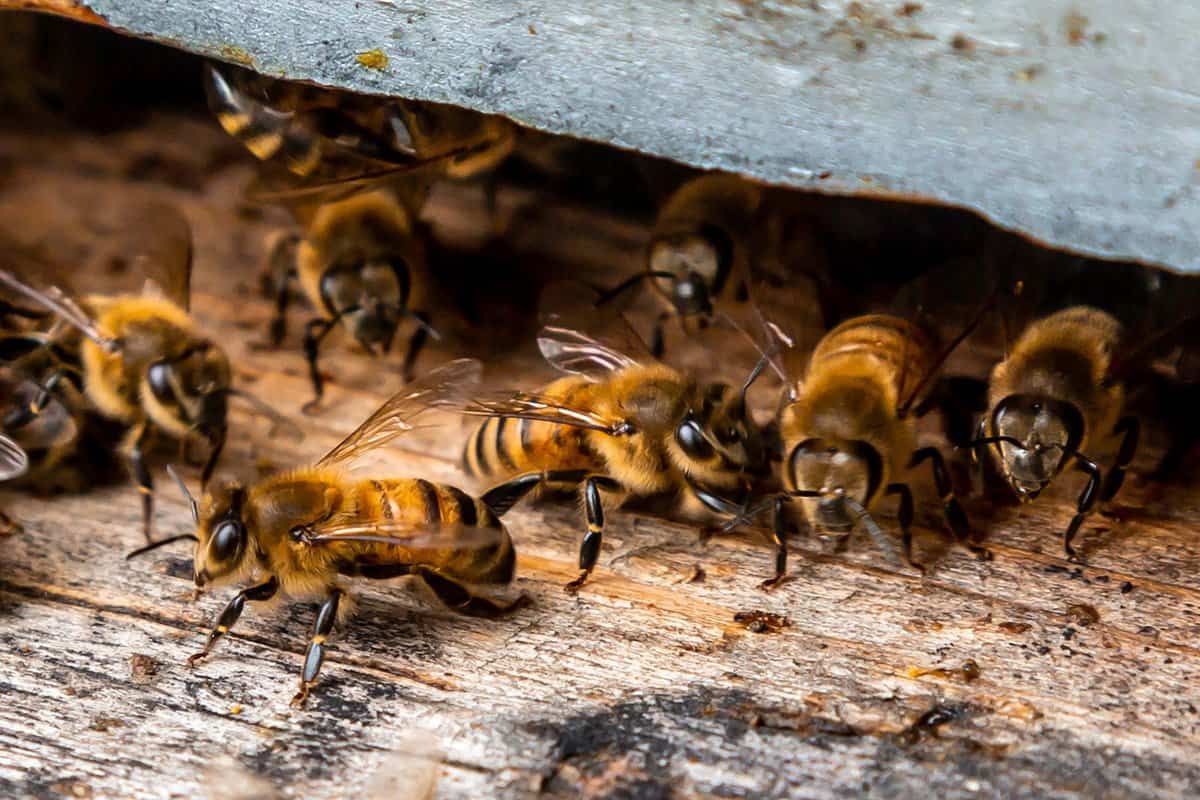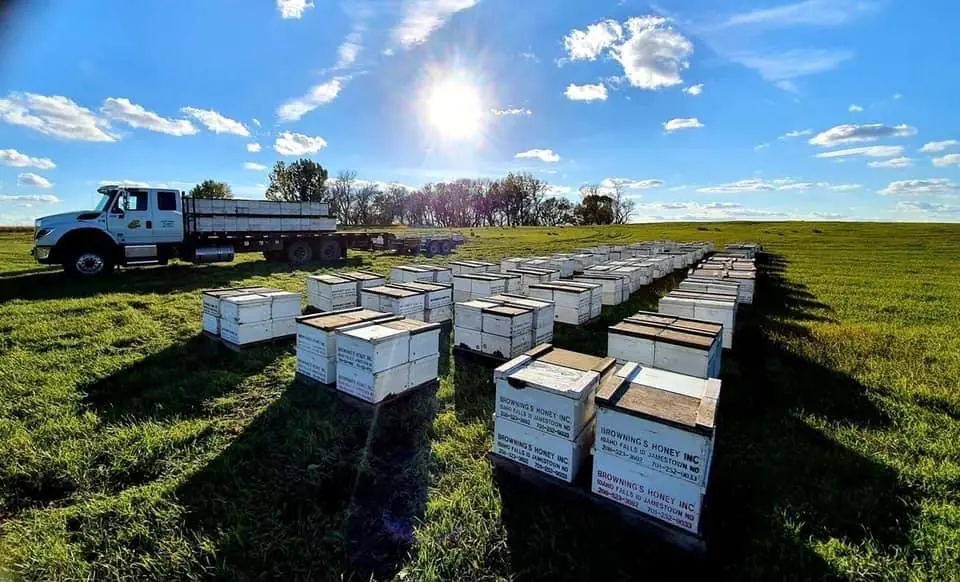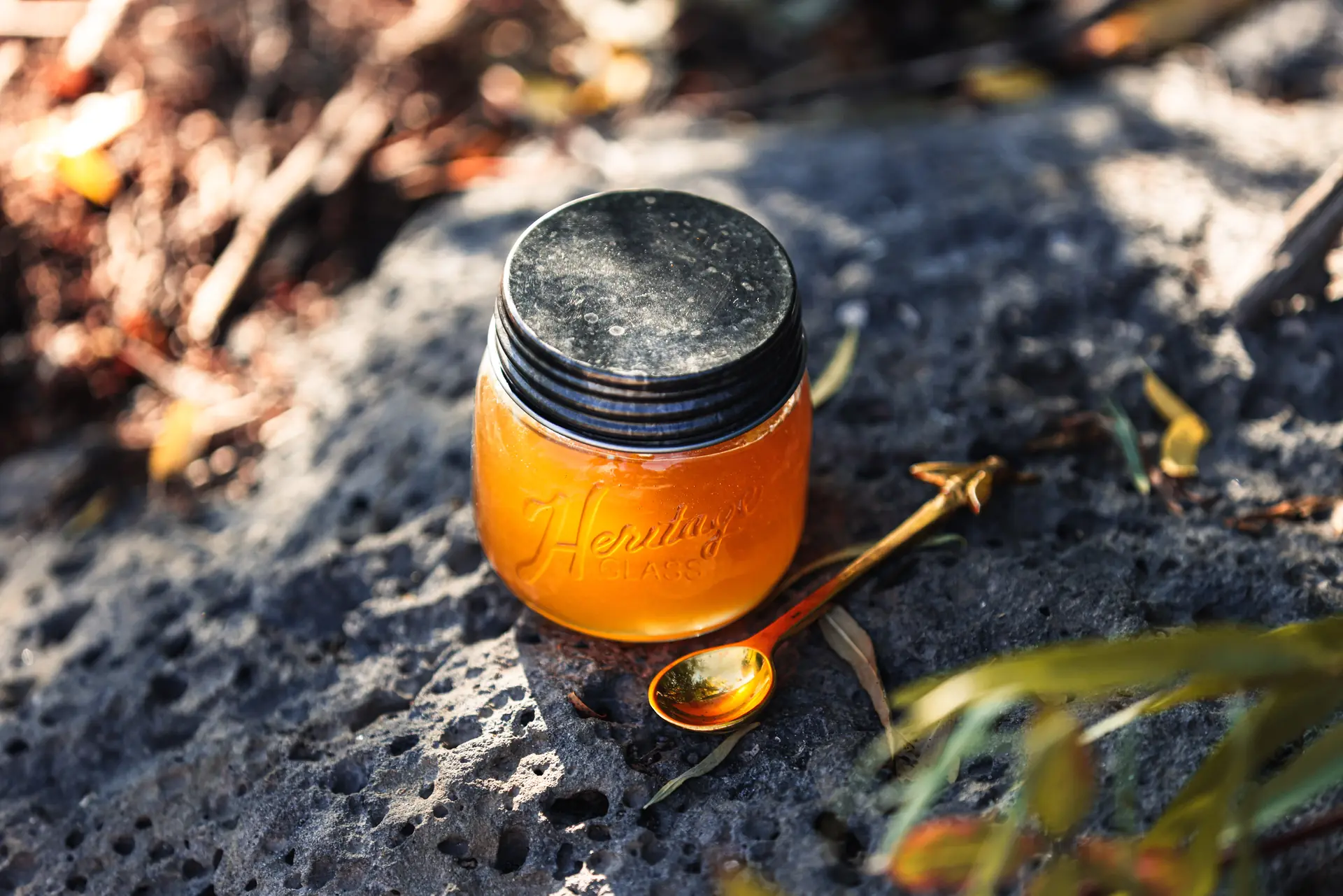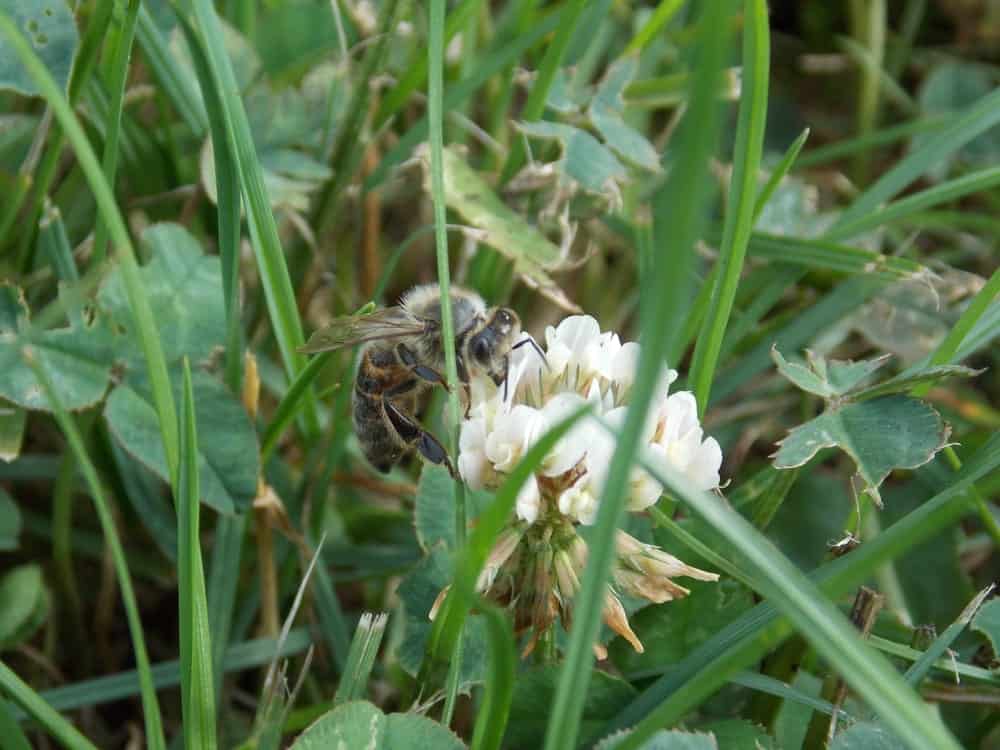Your cart is currently empty!

Inside the Hive: The Roles of Queen, Worker, and Drone Bees
July 30, 2025
Table of Contents

When you think of a beehive, you may imagine the queen bee reigning supreme and commanding her loyal workers like a monarch on a throne. However, that may not actually be the reality of the hive. The truth is more complex — and fascinating — than most people realize. Let’s take a closer look at the roles of queen, worker, and drone bees to discover who’s really in charge, and how a beehive operates.
The Queen Bee: A Life of Reproduction
The queen bee is the only fertile female in a healthy hive, and she is responsible for laying all the eggs, which is up to 2,000 per day during the peak season. She’s born from a regular egg, just like worker bees, but is fed a diet of royal jelly, which triggers her transformation into a queen. Royal jelly contains more honey and pollen than the “larve jelly” eaten by workers and drones, and allows queens to grow larger than other females.
Bees become queens only because, as eggs, they got lucky and were laid in cells specifically designated for raising queens. It’s a matter of sheer luck.
But rather than a queen, she is more of the mother of the hive, spending her days:
- Laying eggs to ensure the colony’s future.
- Releasing pheromones that regulate the behavior of other bees.
- Maintaining hive unity through chemical communication.
Despite her title, the queen doesn’t “rule” the hive in the traditional sense. She never gives out orders or makes strategic decisions.
The Worker Bees: The True Powerhouse
Worker bees are all female and make up the vast majority of the colony. These multitaskers go through different roles throughout their lives, starting as nurse bees and eventually becoming foragers.

Except for reproduction, worker bees handle everything, including:
- Feeding larvae
- Cleaning and clearing out debris
- Building the hive and honeycomb (a small section may take hundreds of bees to build)
- Guarding the hive entrance
- Gathering pollen, nectar, propolis, and water
- Regulating hive temperature
- Making repairs
- Cleaning other bees
- Capping honeycomb, packing pollen, and ripening nectar into honey
Additionally, since the queen bee is so busy laying eggs, she has worker bee attendants who follow her around all day, feeding and cleaning her.
Worker bees also decide when it’s time to replace the queen — either due to age, health, or pheromone decline. In those cases, they’ll raise a new queen by feeding selected larvae royal jelly. Thus, worker bees not only run the hive, but they also control its leadership.
Don’t Forget the Drones: The Short-Lived Males
While queen and worker bees are both female, drone bees are the male members of the colony — and they live a very different life. There are approximately 100 female worker bees for every drone.
What Do Drones Do?
- Their sole purpose is to mate with a virgin queen.
- They don’t collect nectar, build honeycomb, or defend the hive.
- After mating (if they’re successful), they die immediately
- If they don’t mate, they’re often expelled from the hive before winter, since they consume resources but don’t contribute to survival tasks.
Drone bees are incapable of feeding themselves or foraging for food. They also don’t have a stinger.
So, Why Keep Drones at All?
Even though drones don’t help with hive maintenance, their genetic diversity plays an essential role in the health of bee populations. A successful mating event ensures the next queen will produce robust and diverse offspring.
Why You Should Understand Hive Dynamics
Understanding the dynamics of the hive helps people appreciate the complexity of nature — and the importance of each bee’s role. It also offers insights into teamwork, leadership, and even community resilience. It also gives you a newfound appreciation for the hard role of worker bees.

Here are some details to help you identify the different types of bees:
Worker Bee — This bee has a smaller body and is often seen around flowers.
Queen Bee — The queen is caramel-colored with a longer body. You may not ever see her, though, as she rarely leaves the hive.
Drone Bee — Drone bees have large eyes, a wide body, and a round butt.
So, Who’s Really in Charge?
While the queen is vital to the hive’s survival, she’s more a biological necessity than a ruler. The worker bees make most of the decisions, including where to move the hive, when to swarm, and when to kill the old queen and raise a new one.
Their collective intelligence and communication allow the colony to adapt, survive, and thrive. Thus, the worker bees are the ones who run the hive.





